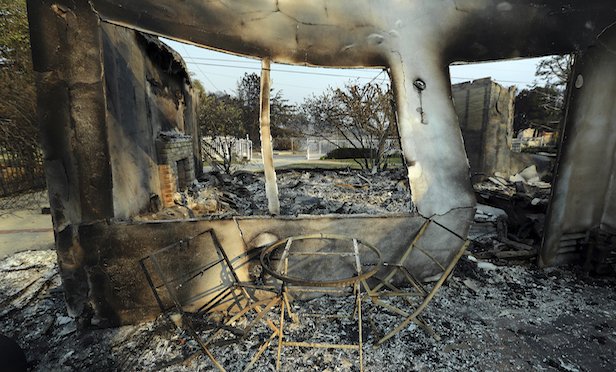 California's historic wildfires shed light on what can happen to reconstruction costs in heated markets during a natural disaster. (Photo: Associated Press)
California's historic wildfires shed light on what can happen to reconstruction costs in heated markets during a natural disaster. (Photo: Associated Press)
More than 9,000 wildfires burned across California in 2017 and destroyed over 10,800 structures. Once the dust settled, policymakers reassessed existing legislation to better protect property owners in the future, prompting significant changes for insurers.
Recommended For You
Want to continue reading?
Become a Free PropertyCasualty360 Digital Reader
Your access to unlimited PropertyCasualty360 content isn’t changing.
Once you are an ALM digital member, you’ll receive:
- Breaking insurance news and analysis, on-site and via our newsletters and custom alerts
- Weekly Insurance Speak podcast featuring exclusive interviews with industry leaders
- Educational webcasts, white papers, and ebooks from industry thought leaders
- Critical converage of the employee benefits and financial advisory markets on our other ALM sites, BenefitsPRO and ThinkAdvisor
Already have an account? Sign In Now
© 2025 ALM Global, LLC, All Rights Reserved. Request academic re-use from www.copyright.com. All other uses, submit a request to [email protected]. For more information visit Asset & Logo Licensing.








